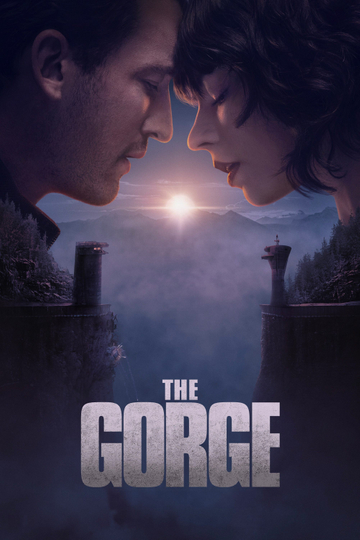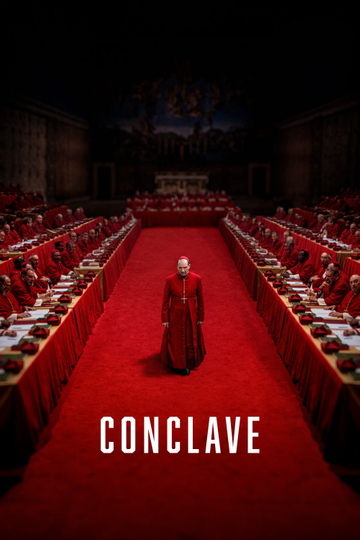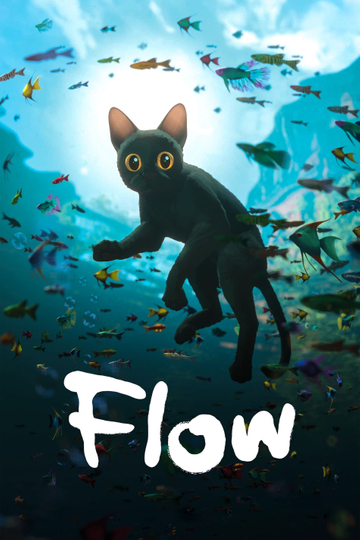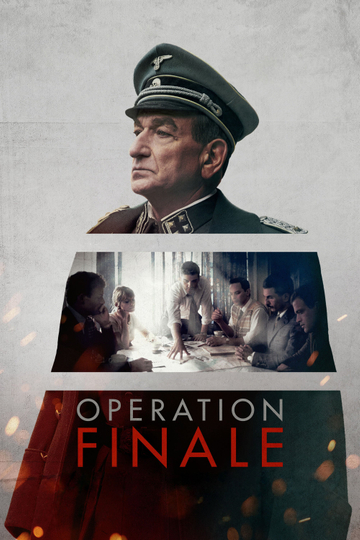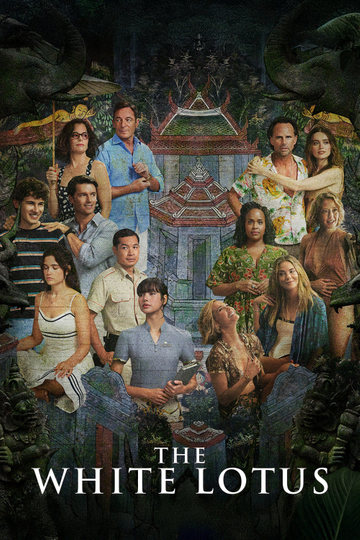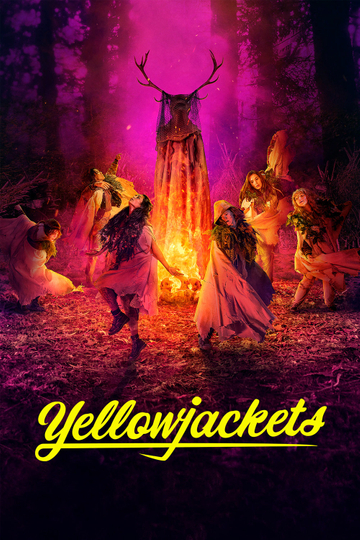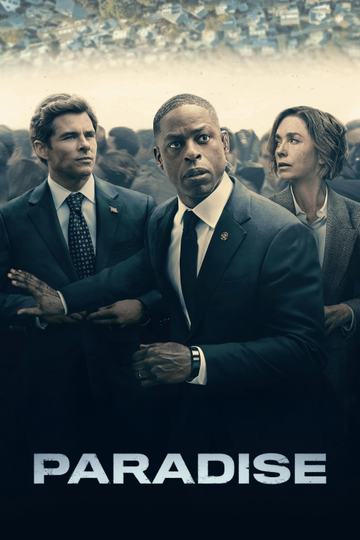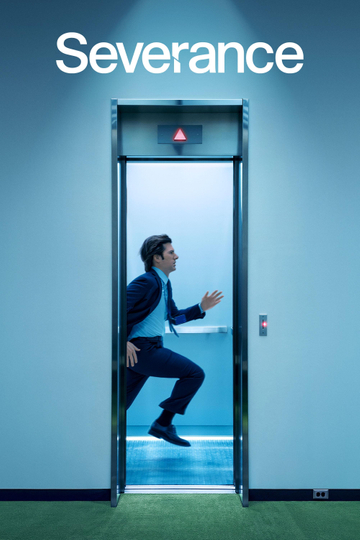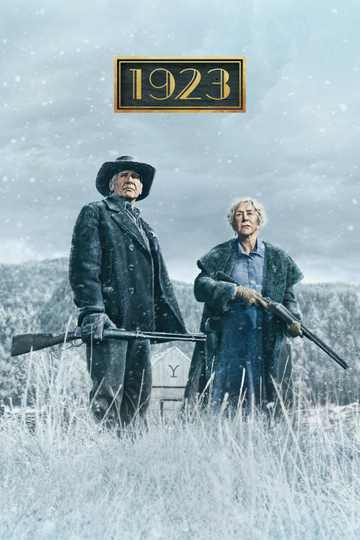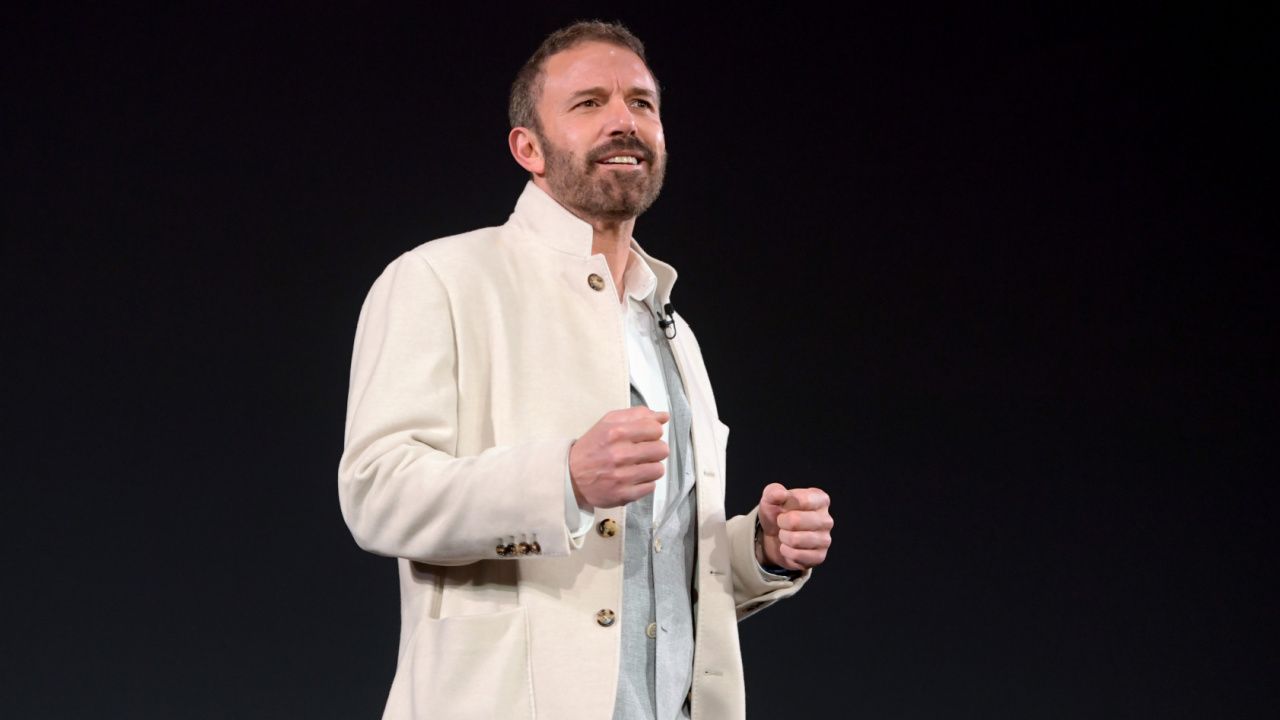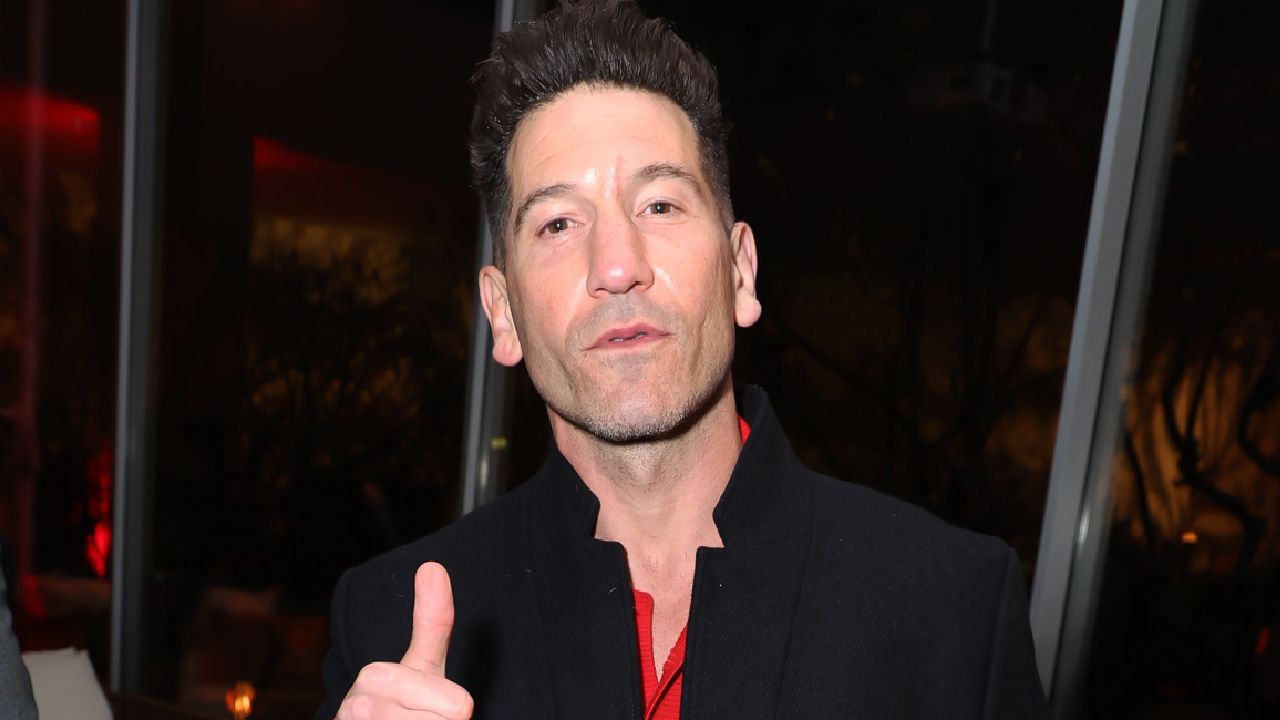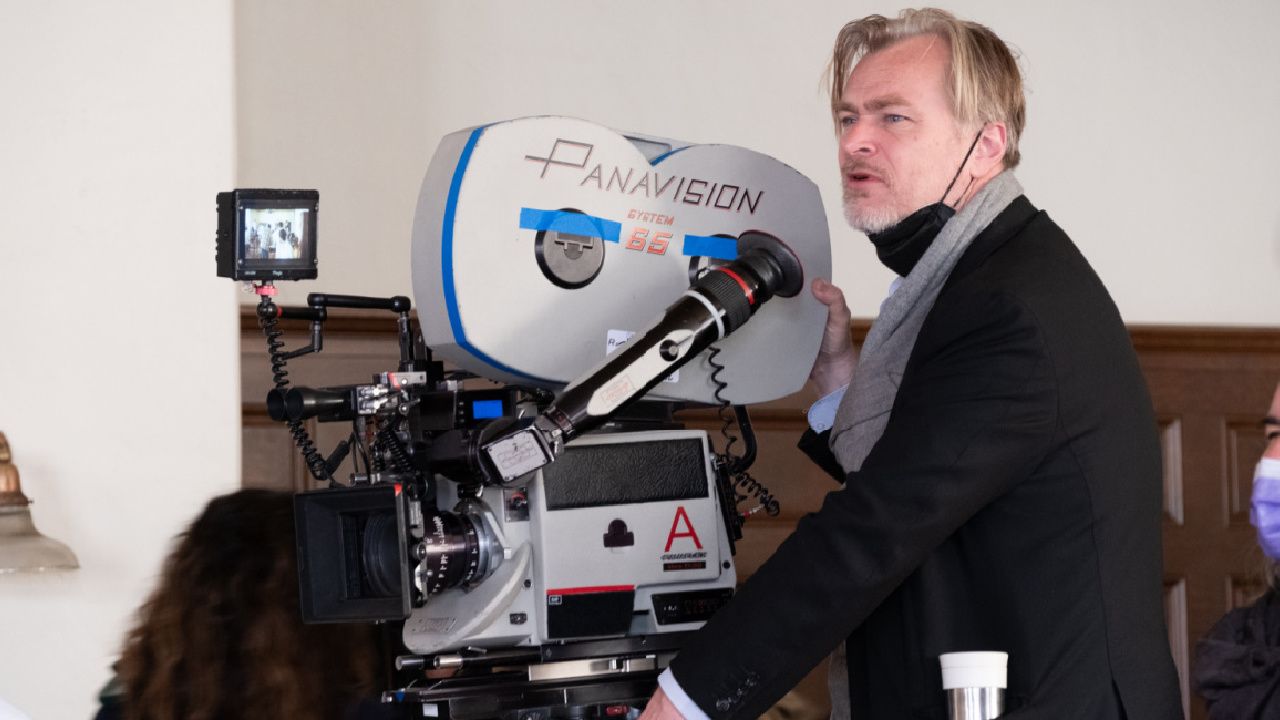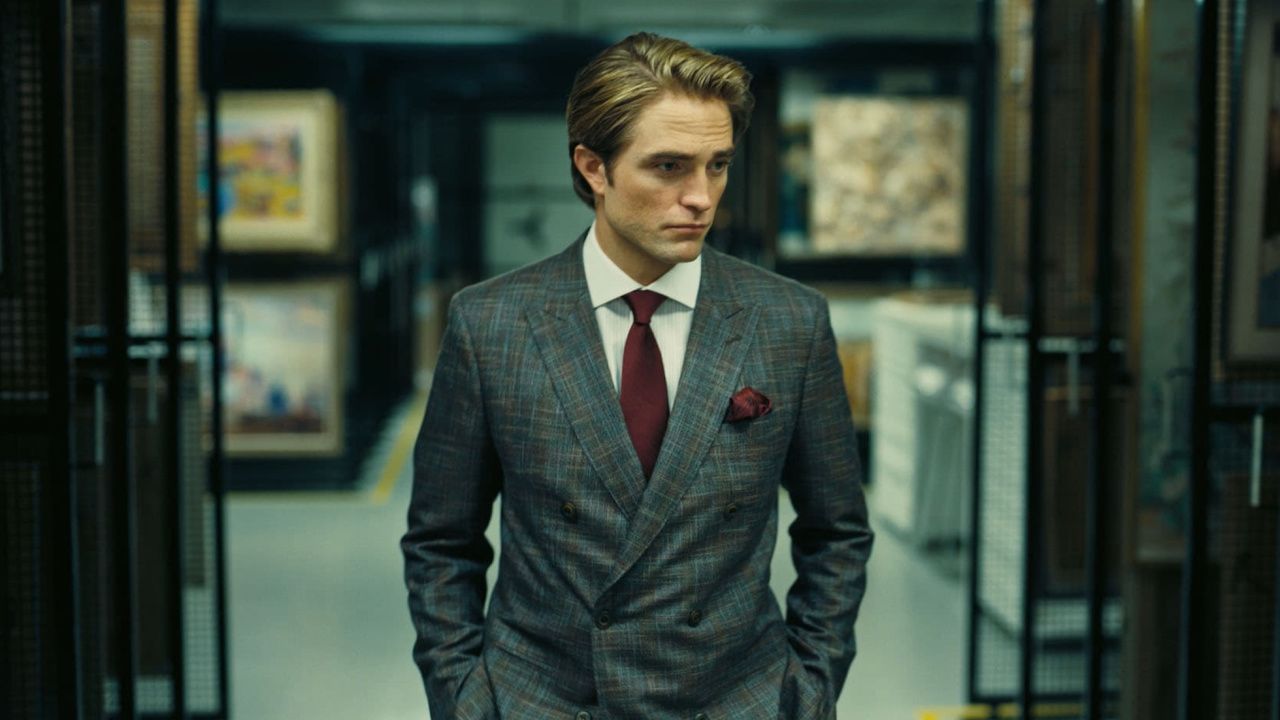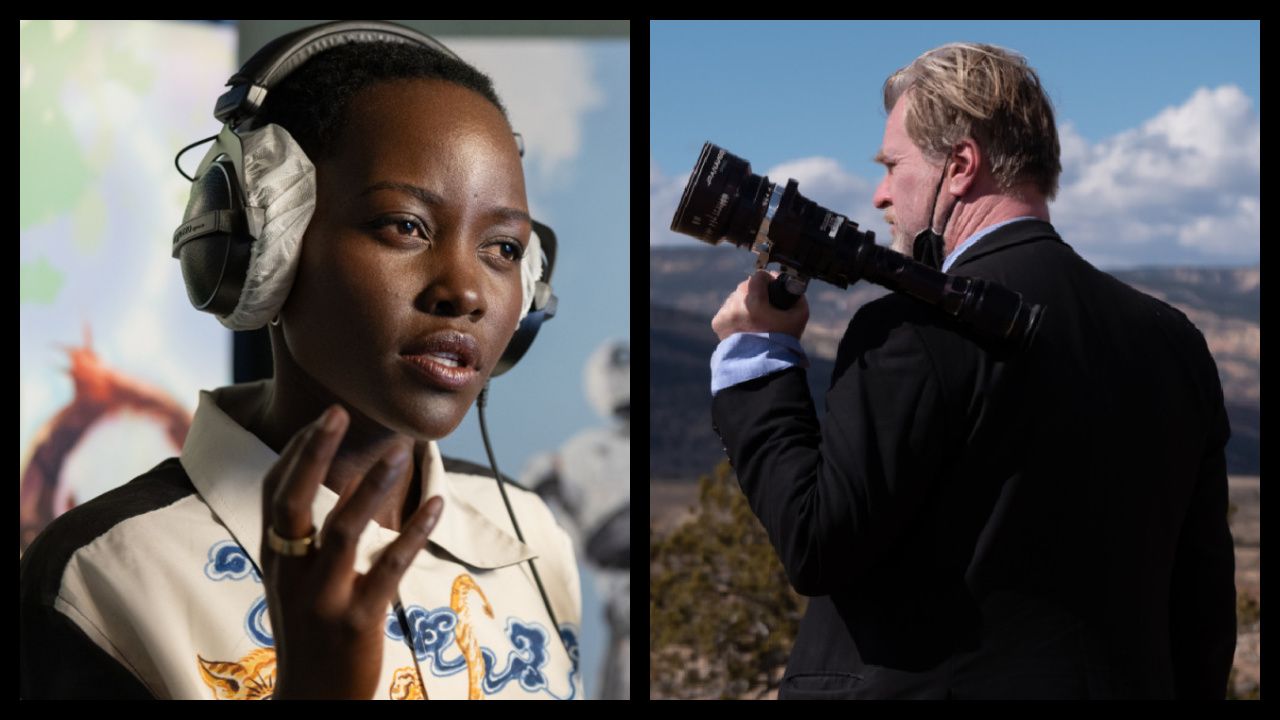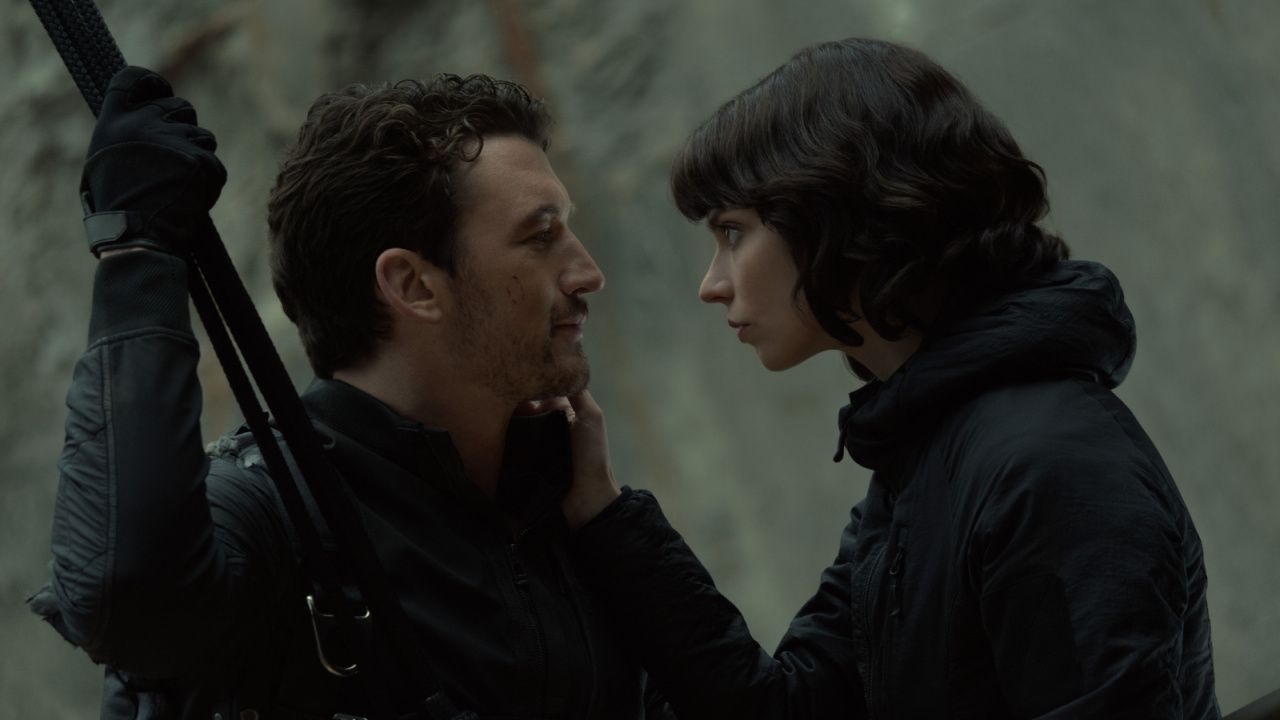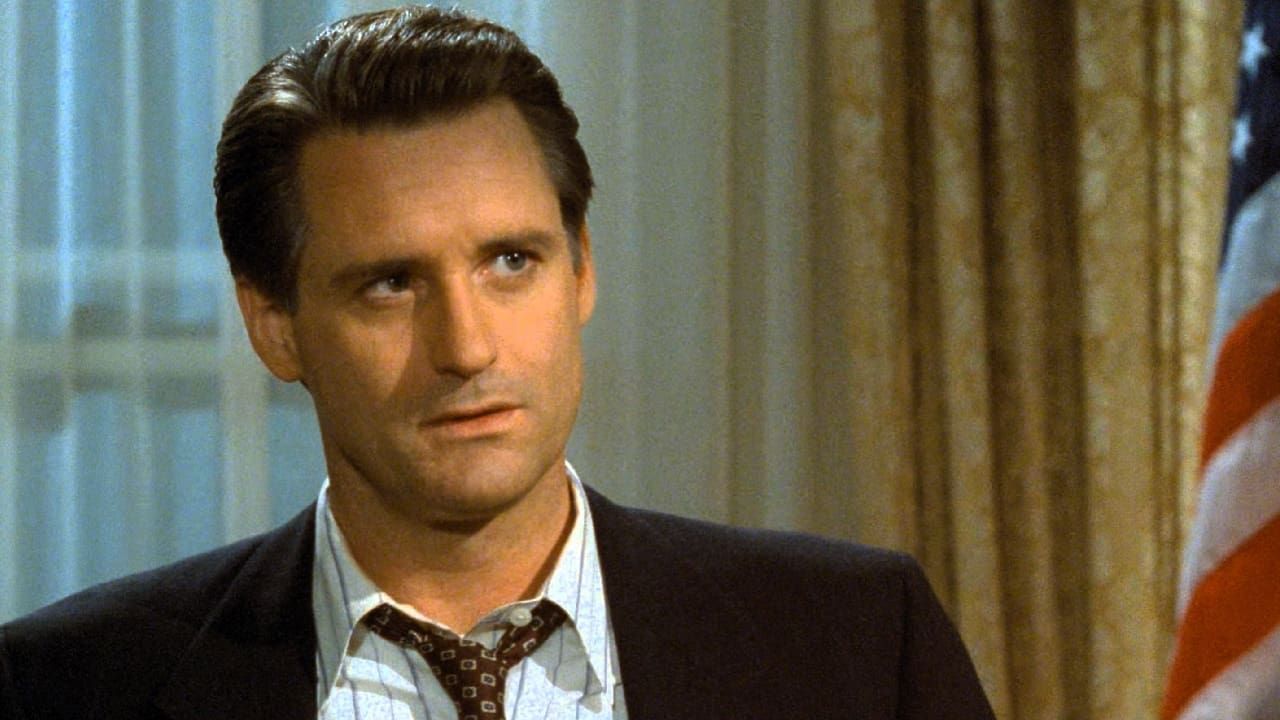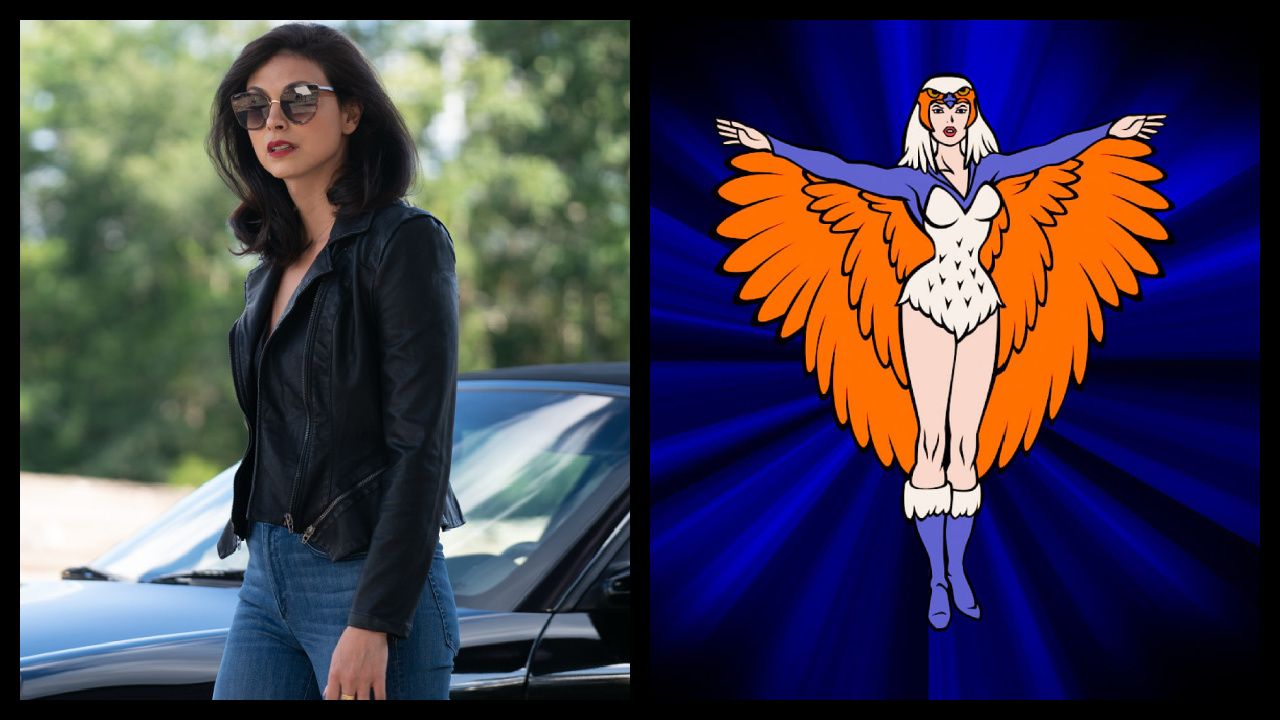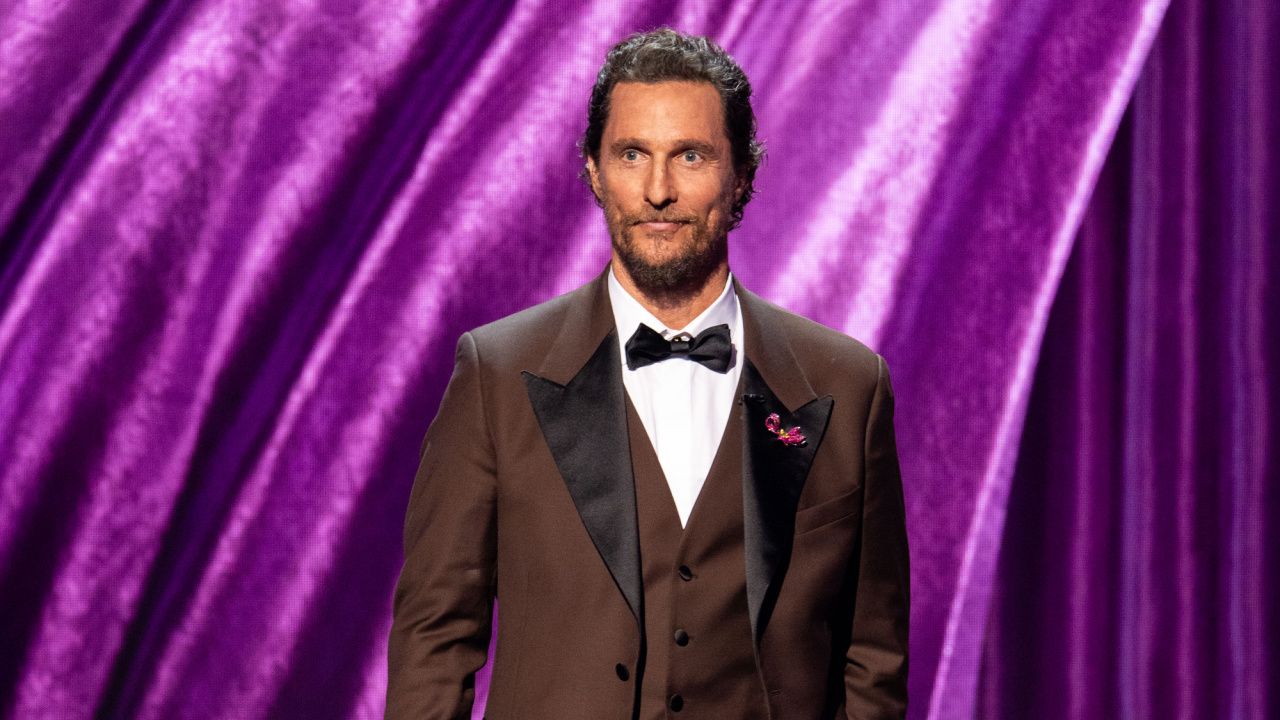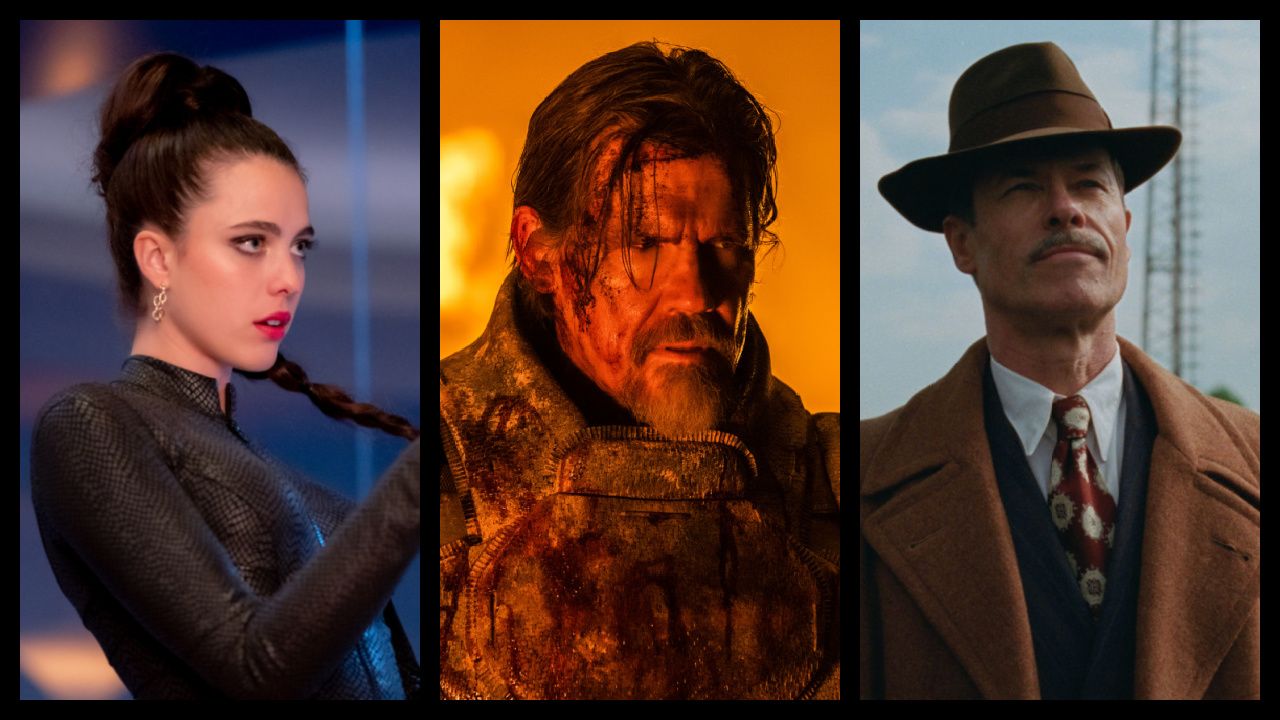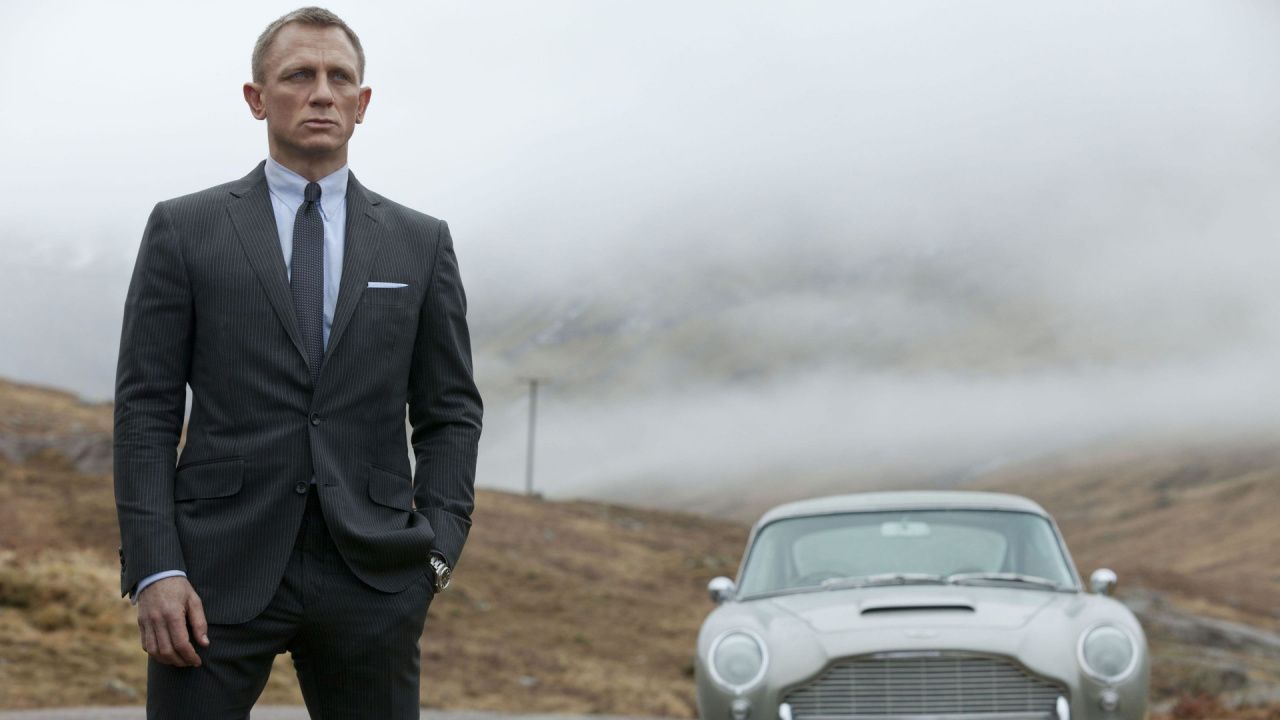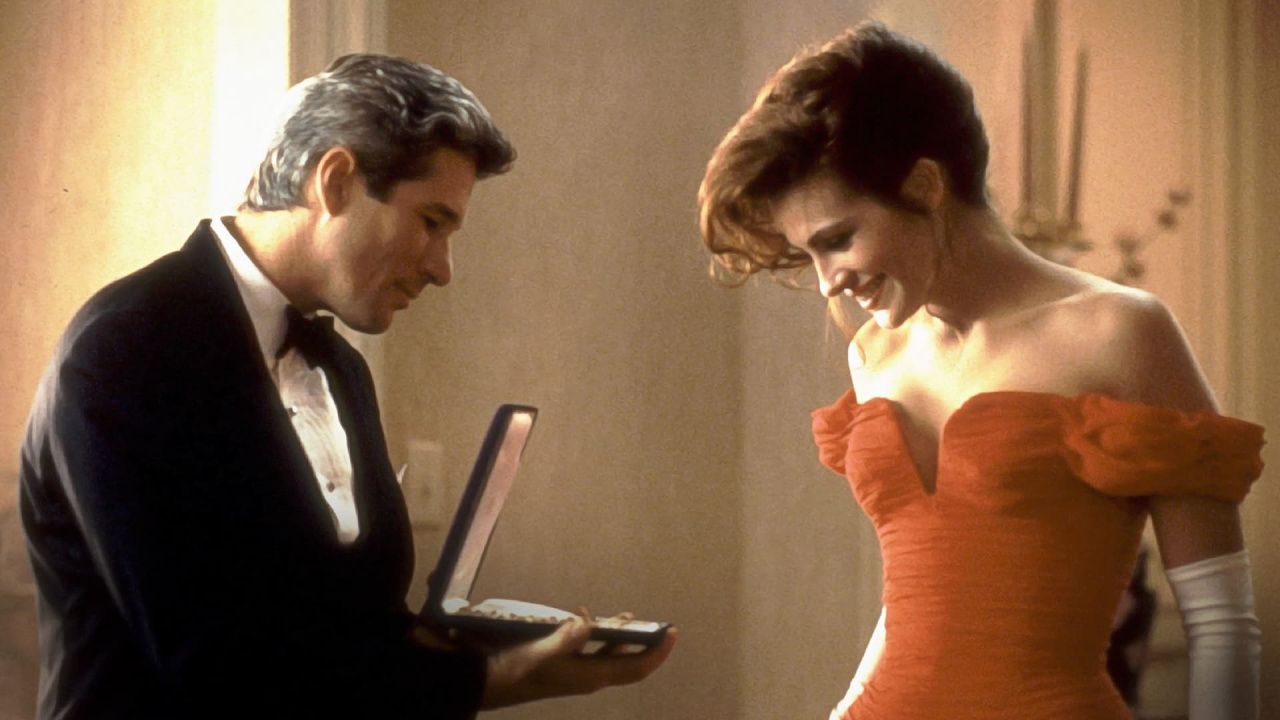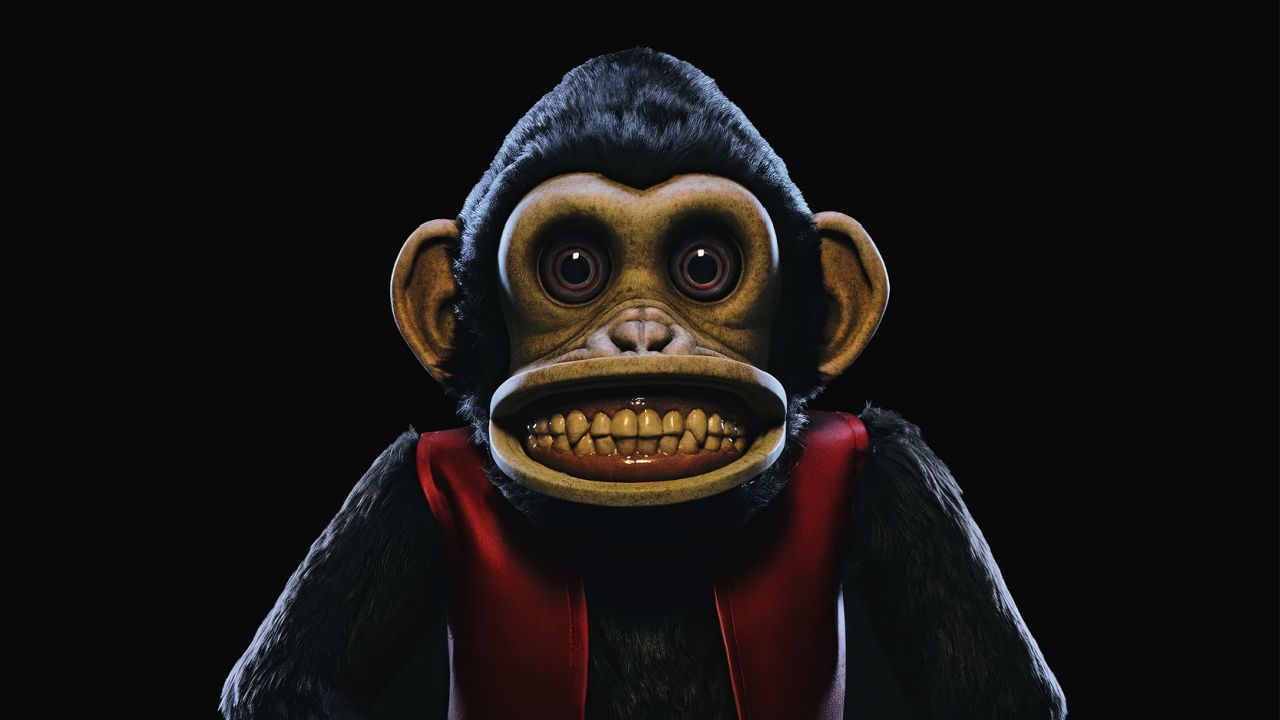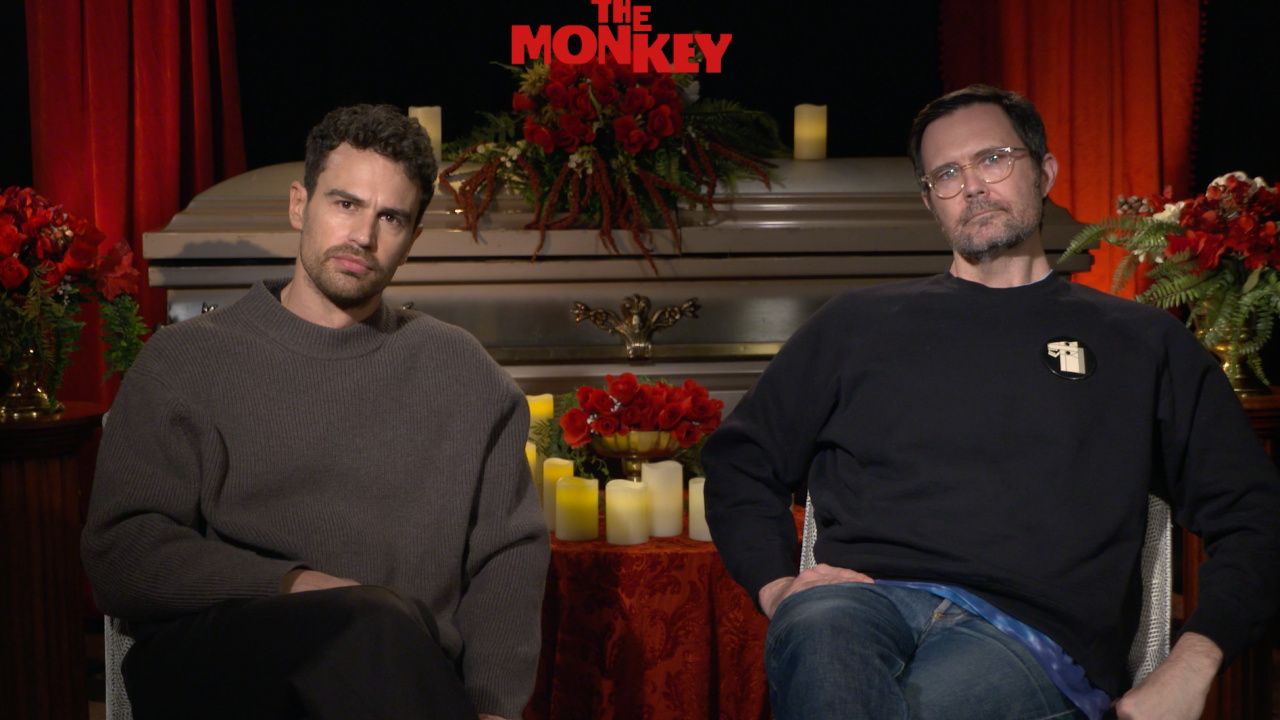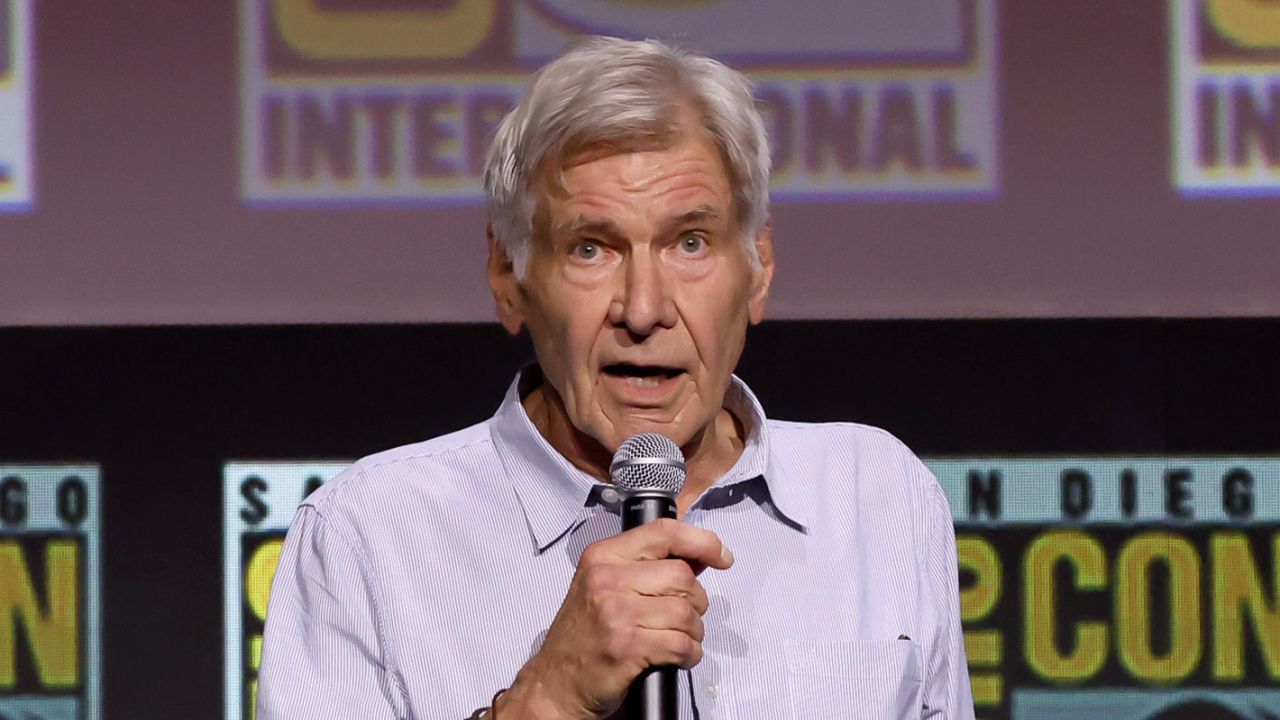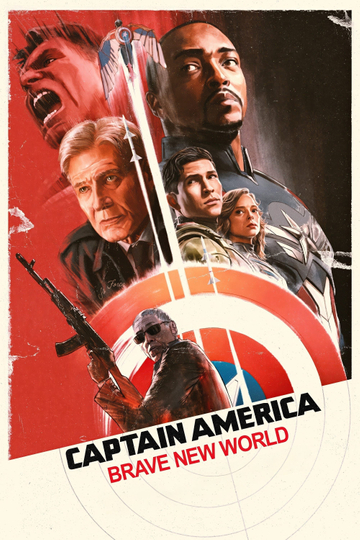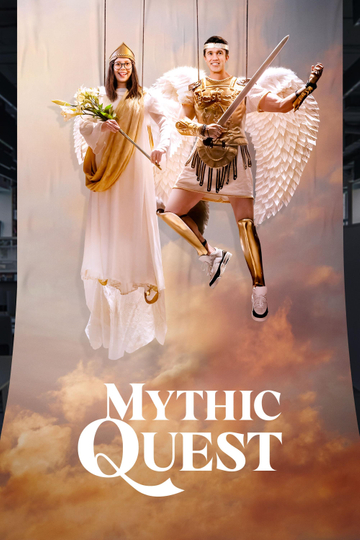How Christopher Nolan Mastered Land, Sea and Air in Oscar Buzzy Dunkirk
Avoiding the green screen, CGI and other special effects, the epic "Dunkirk" seats movie-goers in the cockpits of real Spitfires and throws them onto real rough waters of the English Channel to capture the terror and suspense of this turning point in World War II.
For director-writer Christopher Nolan, who has always pushed himself in new directions with films like the time-shifting "Memento," the reality-warping "Inception" and the genre-bending "Dark Knight" Batman trilogy, shooting "Dunkirk" on land, sea and air tested him like never before.
"As a director you're looking to challenge yourself," he tells Made in Hollywood reporter Julie Harkness Arnold. "You're looking to do something you haven't done before, and try and bring something new to things."
https://www.youtube.com/watch?v=zjb1mjhLLTM
"Dunkirk" already is attracting Best Picture buzz for its harrowing depiction of the heroic 1940 evacuation of 330,000 British, French, Belgian and Dutch soldiers from a French beach as Nazi forces encroached. With the waters too shallow for large warships, an armada of private craft took the seas, supported by military fliers. Nolan, who also wrote the screenplay, tells the rescue from different character perspectives, rewinding and fast-forwarding the sequence of events before tying it together in the end. It's a different way of moviemaking for what Nolan calls a different kind of military operation.
"I felt that what makes Dunkirk a unique story is that it's more a survival story than a war film. It's more about trying to get off that beach," he says. "It's more about suspense and ticking clock and the enemy closing in on all sides. Can you escape? It's really an escape story and a survival story. It lent itself to me to the language of suspense, which is one of my favorite cinematic languages. As an audience member it's an experience I want to have. I want to be in that moment of suspense. And we tried to suspend that for really the entire film. We try and keep people on the edge of their seat."
Shooting in large-format Imax (the film will also be released in regular version), Nolan also wanted to create as much realism as possible. "Each of the story strands had its own challenges: the weather on the beach, the difficulty of shooting in sand and out on the (jetty) and horrible conditions was very challenging for everybody," he says.
For the thrilling aerial dogfight sequences, Nolan squeezed a bulky Imax camera into the fighter planes -- then had the actors, not stunt doubles -- sitting in the cockpit. "We were really trying to give the audience the experience of being up in a Spitfire," he says.
As for the naval scenes, "I'd never done a marine unit before," Nolan says. "On a couple of days we had, I think, it's the biggest marine unit in movie history. We had 60-plus boats out there. Trying to coordinate all that and line things up for the shot -- these were very challenging things to do."
This placed enormous physical demands on actors Mark Rylance, Tom Hardy and, in a small role, One Direction singer Harry Styles.
"Actors very often appreciate if you can give them physical reality to react against and to feel," Nolan says. "In a way with actors, sometimes it really frees up their performing. It frees them to find the truth of the performance because they're not having to fake the physicality. They're really able to experience the elements and events."
Dunkirk


